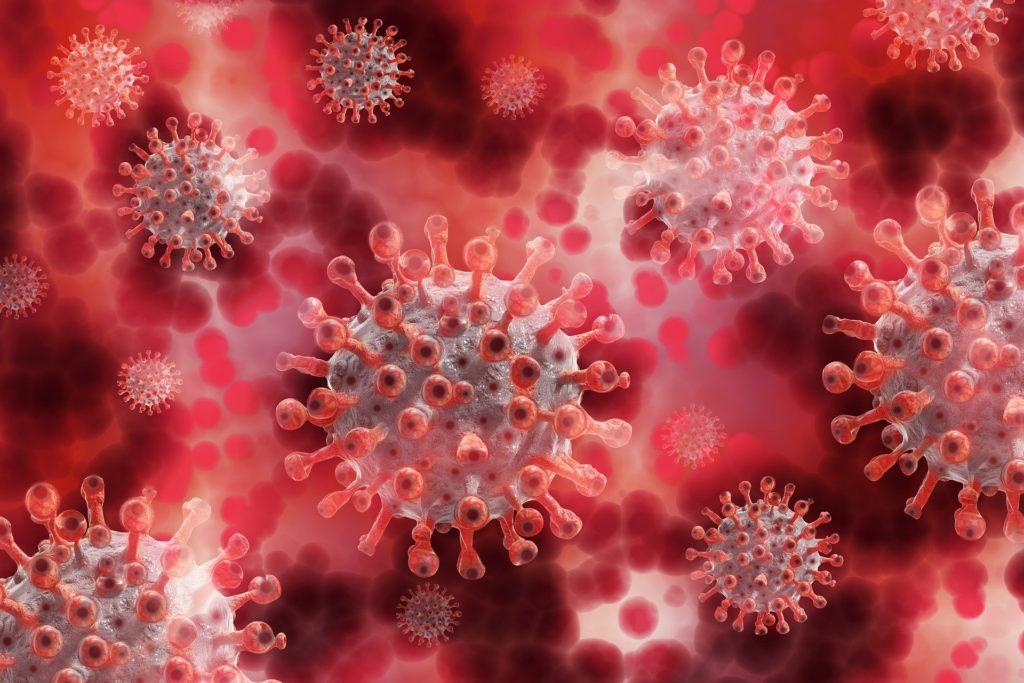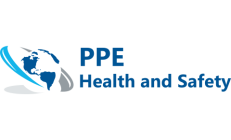
What is the state of the PPE market today? Supply availability remains a growing concern, which has worsened since the lockdown. Export restrictions, travel bans, low production, and restricted movement of supplies have been at the forefront of this supply drought. Before COVID 19 disrupted global supply chains, China dominated international trades. With the tight restrictions on import/export activities globally, regionalization is a growing trend. However, there’s still a struggle to find legitimate suppliers and wholesalers of personal protective equipment. One invaluable resource making it less of a task these days is the use of online PPE listing directories.
Buying safe hand sanitizers for COVID 19
To prevent and control transmissions, everyone must do their part and comply with the recommended occupational health safety guidelines for COVID-19. One concern that remains constant in this pandemic is the efficacy of hand sanitizers. With some additional 1,500 businesses now producing this personal hygiene item, federal authorities have safety concerns regarding quality.
Also, with the influx of these new hand sanitizers, resellers and consumers must ensure PPE products meet quality standards. Hand sanitizers should contain 60 percent alcohol or more. Besides this requirement, regulators also mandate that manufacturers must specify formulation ingredients and include safety warnings.
How to effectively reduce COVID 19 spread
Disinfectant sprays, detergents and hand soaps are the primary cleansing agents to curb person-to-person COVID 19 transmissions. Health officials can’t stress enough the importance of maintaining good hygiene practices to prevent the spread of corona virus. The virus spreads easily through direct respiratory droplets when someone who has COVID 19 coughs or sneezes. Also, individuals can contract the virus if they touch contaminated surfaces.
COVID 19 microbes can remain viable on surfaces for days. Disinfectants can neutralize the virus cells on contact, provided that it contains the correct formulation of ingredients and potency. When cleaning high-touch areas, choose EPA-certified detergents and disinfectant sprays that contain at least 70 percent alcohol. High touch places include:
- Doorknobs
- Countertops
- Faucets
- Sinks
- Remote controls
- Desks
- Light switches
Can face masks stop COVID 19 infection?
Now a mandatory requirement for the public, cloth face coverings provide some degree of protection as far as near-field community transmissions. However, health safety authorities continue to emphasize that these face masks have varying levels of efficacy and cannot prevent infection. Along with the mask-wearing frenzy, individuals must also exercise social distancing guidelines and follow effective hand hygiene practices.
Cloth face coverings help prevent the spreading of coronavirus-causing germs lingering on surfaces. There are about three types of facemask that health officials recommend in this pandemic: surgical (medical) mask, cloth face coverings, and the N95 respirator.
N95 respirator
Typically the most efficient face mask to lower risk of infection, the N95 respirator can filter both small and large particles. It has an efficacy rating of about 95 percent. The design may vary because some feature breathing vents (valves) that improve oxygen. It’s prevalent in the healthcare setting and often requires a fit test to ensure proper use.
Surgical (medical) mask
While this mask isn’t as efficient as an N95, it does provide adequate protection against spreading COVID 19. It can filter out sizable particles, but cannot block small pieces. This disposable medical mask may limit exposure to viable COVID 19 antibodies present in respiratory droplets and saliva.
Cotton face coverings
A cheaper alternative to traditional face masks, these are the least efficient. However, health officials recommend wearing it to slow transmissions. Individuals can make their own as long as it meets quality standards or order custom ones.
Are community suppliers the solution to PPE shortages?
Fears and frustrations regarding PPE shortages grow stronger by the day. From hand sanitizers to face masks, demands have reached ballooning numbers. Several industries, for example, construction firms, automotive centers, cleaning companies, and those in agriculture, have joined the COVID 19 fight. These industries now manufacture affordable PPE products such as respirators, gloves, face masks, hand sanitizers, disinfectant sprays, and more. Despite these interventions, it is not enough to cushion the global deficit.
Local sourcing of personal protective equipment may be the right approach to address the deficit and ensure a steady supply. Health centers, clinics, hospitals, and essential industries all report critically low inventory. What about non-essential industries? Importing PPE products from outside the country presents several hurdles, for example, extended delays. Whether it’s face masks, ventilators, disinfectant sprays, gloves, medical gowns, hand sanitizers, protective eyewear, or footwear, quality is paramount. It is a requirement to prioritize when sourcing PPE supplies locally or abroad.
